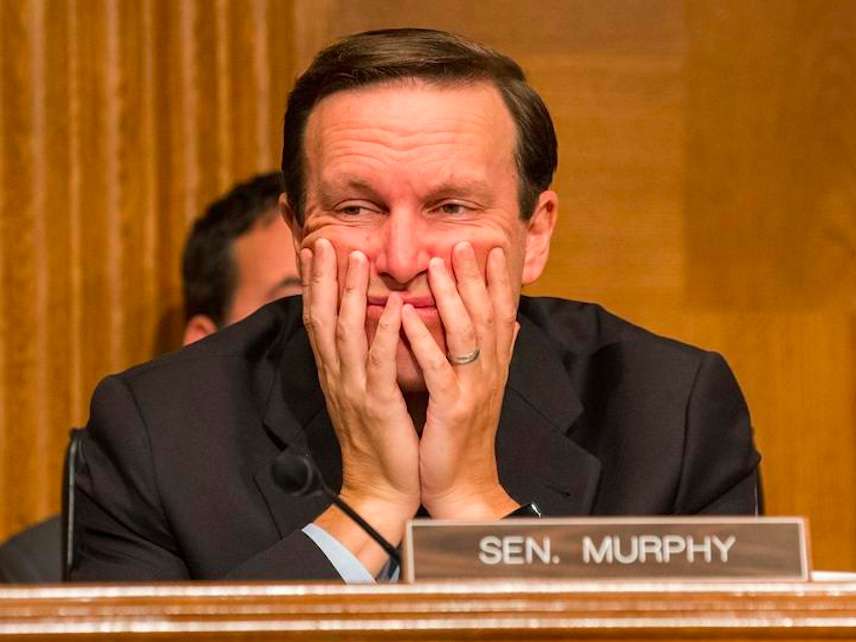America Set an Awful New Record in 2016
Preliminary data from the CDC suggest an unprecedented number of Americans died of a drug overdose last year.

"Preliminary data for 2016 indicate at least 64,000 drug overdose deaths, the highest number ever recorded in the U.S.," Deborah Houry of the Centers for Disease Control told the Senate Health, Education, Labor and Pensions Committee on Thursday. By the CDC's estimate, more than 300,000 people have died from opioid overdoses since 2000.
That is an extraordinary amount of suffering endured by a relatively small user population. And it's largely a result of bad policy combined with inaction.
"It is well-documented that the majority of people with opioid addiction in the U.S. do not receive treatment, and even among those who do, many do not receive evidence-based care," Houry wrote in her testimony, noting a lack of medication-assisted therapy (MAT) programs nationwide. According to data from the Substance Abuse and Mental Health Administration, less than one million of the 2.5 million Americans with an opioid use disorder received MAT treatment in 2014.
Only 57 percent of drug court programs in the U.S. incorporate MAT, according to Hoary. The rest employ forced sobriety, despite the fact that relapsing is far more dangerous for patients who quit cold turkey and then resume using with a lower opioid tolerance. Correctional facilities are even less equipped to treat opioid users. According to Pew, roughly 66 percent of America's 2.3 million prisoners have a substance use disorder, but only 11 percent of them receive evidence-based treatment.
Here's the the National Institute on Drug Abuse's Nora Volkow—someone I frequently disagree with on drug policy—rightly touting the benefits of MAT back in 2014:
When prescribed and monitored properly, MATs have proved effective in helping patients recover. Moreover, they have been shown to be safe and cost-effective and to reduce the risk of overdose. A study of heroin-overdose deaths in Baltimore between 1995 and 2009 found an association between the increasing availability of methadone and buprenorphine and an approximately 50% decrease in the number of fatal overdoses. In addition, some MATs increase patients' retention in treatment, and they all improve social functioning as well as reduce the risks of infectious-disease transmission and of engagement in criminal activities. Nevertheless, MATs have been adopted in less than half of private-sector treatment programs, and even in programs that do offer MATs, only 34.4% of patients receive them.
And yet SAMSHA is still imposing limits on how many MAT patients one physician can treat and for how long (100 and a year respectively), as well as requiring extensive training and certification in order to receive a waiver that will allow them to treat up to 275 patients concurrently. The agency only recently allowed nurse practitioners and physician assistants to apply for that waiver, even though most states give both types of licensees normal prescribing power for substances that are in the same class as MAT drugs like methadone and buprenorphine. Would we see more medical providers offering MAT if the regulations surrounding it were less cumbersome? I have no idea, but I find it hard to imagine the externalities of scrapping those regs would be worse than incentivizing tens of thousands of people to use heroin.
The other problem Hoary identified in her testimony was excessive opioid prescribing by doctors. Yet according to new research published in Addictive Behaviors, the number of problem users who "started" on prescription drugs fell from 80 percent in 2005 to 52 percent in 2015; over the same period, the number of users who started on heroin climbed from less than 10 percent to more than 30 percent. I'd be shocked if the number of people who started on a black market opioid had not risen substantially in the two years since that data was collected, and I'm not sure why public health advocates keep talking about prescribing practices as the major culprit in light of the increase in heroin use.


Show Comments (64)